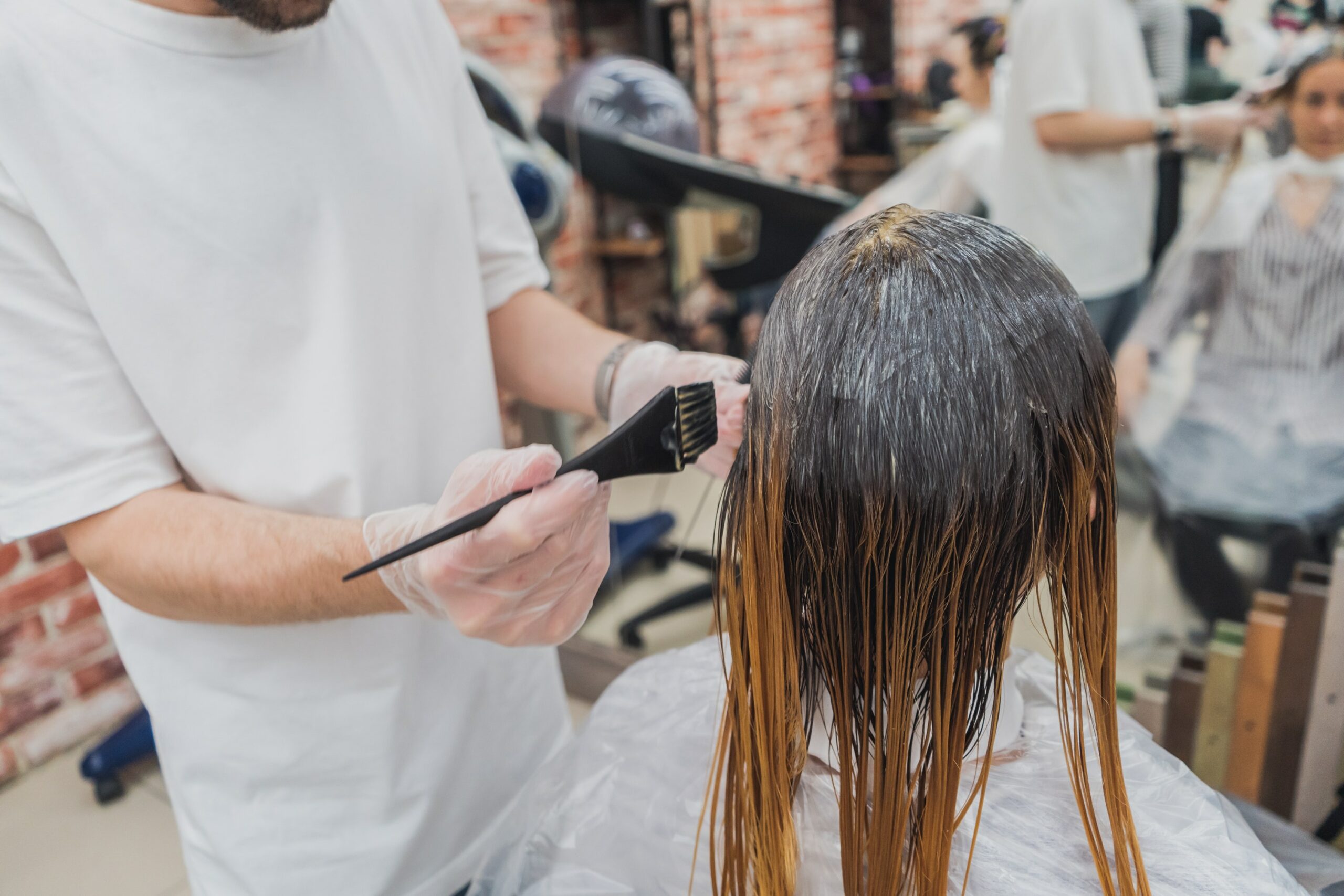Welcome to the comprehensive beginner’s guide to essential oils for health and beauty. If you’re intrigued by the therapeutic properties and aromatic wonders of essential oils, you’re in the right place. In this in-depth guide, we will explore everything you need to know about essential oils, including their origins, extraction methods, benefits for health and beauty, as well as safety precautions. Let’s embark on this aromatic journey together and discover the transformative power of essential oils.
1. Understanding essential oils

1.1 What are Essential Oils?
Essential oils are highly concentrated plant extracts derived from various parts of plants, including flowers, leaves, bark, and roots. They are obtained through methods such as steam distillation, cold pressing, or solvent extraction. These oils capture the plant’s aromatic compounds and therapeutic properties, offering a natural and holistic approach to health and beauty.
1.2 How are Essential Oils Extracted?
Different methods extract essential oils, depending on the plant and its properties. The most common method is steam distillation, which involves passing steam through the plant material to release the essential oil. Citrus fruits undergo cold pressing, where mechanical pressure extracts the oils. Solvent extraction separates oils from the plant material using solvents. To ensure purity and effectiveness, it is crucial to select oils extracted using safe and reliable methods.
1.3 Determining Quality: Pure vs. Synthetic Oils
When purchasing essential oils, it’s crucial to choose pure, high-quality oils. Pure essential oils are derived solely from natural plant sources and do not contain any synthetic additives. Synthetic oils, on the other hand, are artificially created in a laboratory and lack the therapeutic benefits of natural oils. Look for reputable brands that provide detailed information about the sourcing, extraction methods, and testing of their oils.
1.4 Essential Oil Safety Guidelines
While essential oils offer numerous benefits, it’s essential to use them safely. Some general safety guidelines include:
- Dilute essential oils before applying them topically, as they are highly concentrated.
- Conduct a patch test to check for any skin sensitivities or allergies.
- Keep essential oils out of reach of children and pets.
- Consult with a healthcare professional if you have any underlying health conditions or are taking medications.
- Store essential oils in dark glass bottles, away from heat and sunlight, to preserve their potency.
2. Essential Oils for Health

2.1 Boosting the Immune System
Essential oils such as eucalyptus, tea tree, and lemon have antimicrobial properties that can support the immune system. Eucalyptus oil aids in respiratory health, while tea tree oil possesses antibacterial properties. Lemon oil frequently boosts the immune system and uplifts the mood.
2.2 Relieving Pain and Inflammation
People commonly use peppermint oil to relieve headaches and muscle tension. Lavender oil has a reputation for its relaxing properties and can help alleviate stress and anxiety. Frankincense oil is known for its anti-inflammatory properties and can benefit joint and muscle pain.
2.3 Supporting Digestive Health
Many people often use ginger oil for its digestive benefits, as it helps alleviate nausea and digestive discomfort. Peppermint oil can aid in relieving indigestion and bloating. Chamomile oil is soothing to the stomach and can help calm an upset digestive system.
3. Essential Oils for Beauty

3.1 Skincare
Tea tree oil is a popular choice for acne-prone skin due to its antimicrobial properties. Rosehip oil is rich in vitamins and antioxidants, making it beneficial for hydration and reducing the signs of aging. Frankincense oil has rejuvenating properties and can help promote a youthful complexion.
3.2 Hair Care
Lavender oil is known for its ability to promote hair growth and thickness. Rosemary oil can improve scalp health, stimulate hair follicles, and help with dandruff prevention. Ylang-ylang oil is often used to balance the scalp’s oil production and promote healthy hair growth.
3.3 Nail and Cuticle Care
Lemon oil is known for its strengthening properties and can help improve the health and appearance of nails. Myrrh oil has healing properties and can be used to moisturize cuticles and prevent infections. Geranium oil promotes healthy nail growth and can improve the overall condition of the nails.
4. Practical Applications and Usage Tips

4.1 Aromatherapy
Aromatherapy involves using essential oils to create a desired atmosphere or promote specific emotional and physical effects. Inhalation techniques, such as using a diffuser, steam inhalation, or adding oils to a warm bath, can help promote relaxation, reduce stress, or improve focus and concentration.
4.2 Topical Application
When using essential oils topically, it is crucial to dilute them with a carrier oil to prevent skin irritation. Common carrier oils include jojoba oil, coconut oil, and almond oil. Dilution ratios vary depending on the age group and the specific essential oil being used. Recommended ratios are typically 1-3% for adults, 0.5-1% for children, and 0.25-0.5% for infants. You can incorporate essential oils into massage oils, body lotions, facial serums, or add them to bathwater for a luxurious and aromatic experience.
5. Safety Precautions and Considerations

5.1 Allergies and Sensitivities
It’s important to be aware of any allergies or sensitivities you may have before using essential oils. Perform a patch test by applying a diluted oil to a small area of skin and observing for any adverse reactions. If you experience redness, itching, or irritation, discontinue use.
5.2 Precautions for Children, Pregnant Women, and Pets
Exercise caution when using essential oils around children, pregnant women, and pets. Some oils can be harmful or irritating, so it’s advisable to consult with a healthcare professional or veterinarian before using essential oils in these situations.
5.3 Potential Interactions with Medications
Certain essential oils can interact with medications, either by enhancing or inhibiting their effects. If you are taking any medications, it’s best to consult with your healthcare provider before using essential oils to ensure there are no potential interactions.
5.4 Storage and Shelf Life Guidelines
To maintain the potency and effectiveness of essential oils, store them in dark glass bottles in a cool, dry place away from direct sunlight and heat. Proper storage can help extend their shelf life, which varies depending on the oil but is generally around 1-3 years.
Congratulations! You’ve completed the comprehensive beginner’s guide to essential oils for health and beauty. Armed with knowledge about their origins, extraction methods, and benefits, you can now confidently incorporate essential oils into your daily routine. Remember to prioritize safety by using high-quality oils, following proper dilution guidelines, and being mindful of any individual sensitivities or contraindications. Embrace the aromatic wonders of essential oils, and let their transformative power enhance your overall well-being and beauty naturally.



